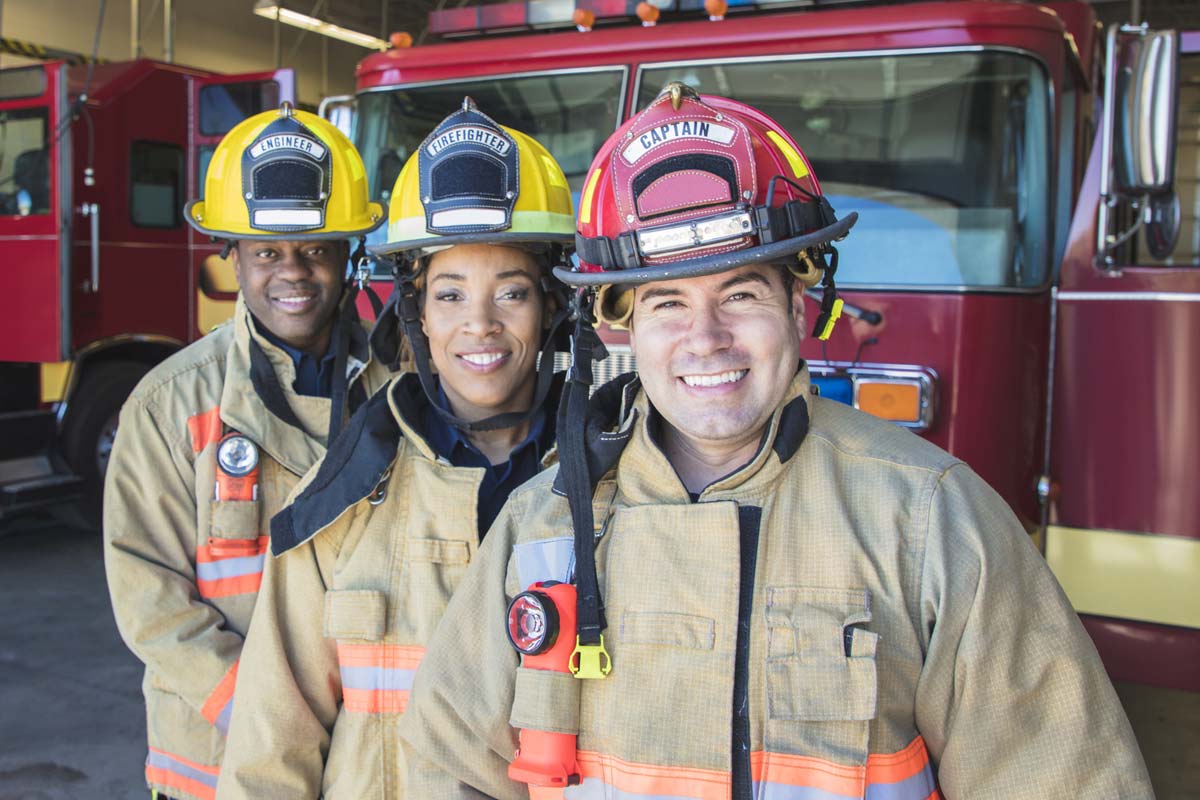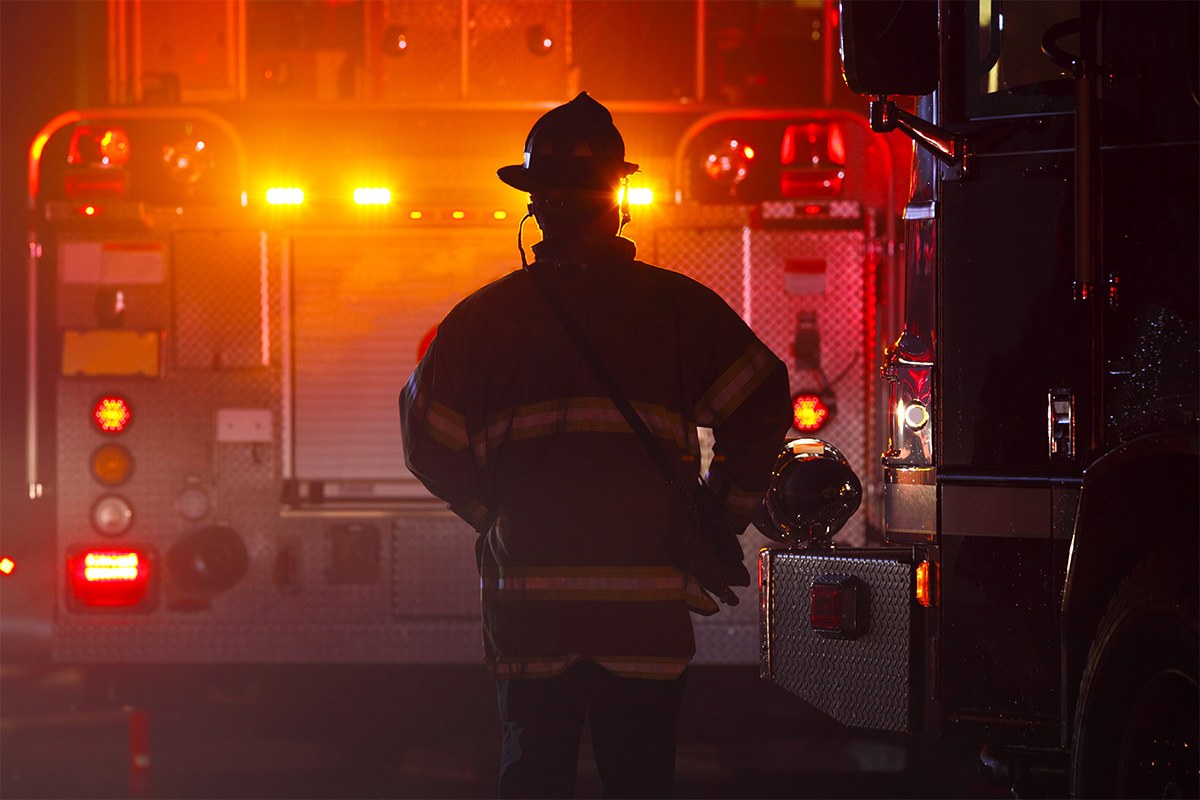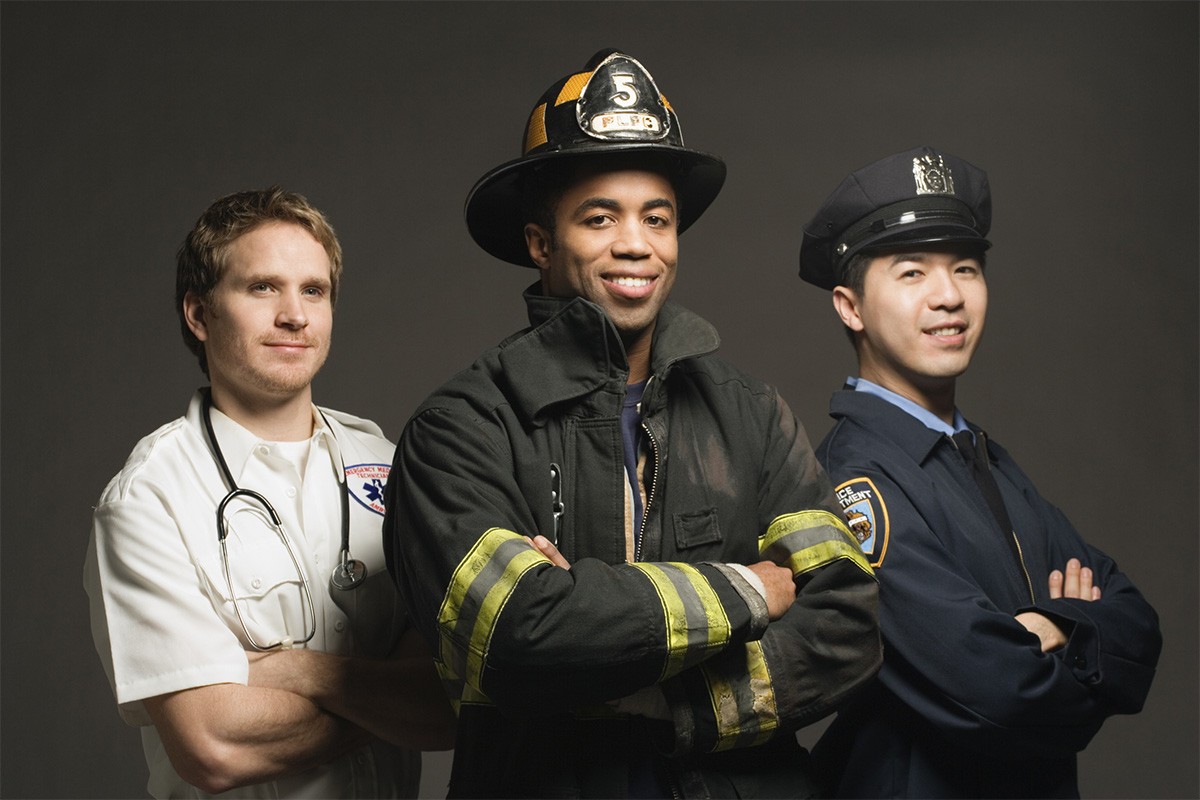Demographically speaking, our nation’s fire departments are not diverse. Consider the following workforce statistics from 2019 reported by Data USA:
- 95.8% of firefighters were male.
- 79.9% of firefighters were white and non-Hispanic.
Many communities have started improving their efforts to recruit a more diverse workforce. For these programs to succeed, it’s important to recognize two concepts:
- Why there is a lack of diversity in the field.
- The benefits of diversity in the fire service.
Why is There a Lack of Diversity in the Fire Service?
Before exploring any potential changes, it’s helpful to first consider possible explanations for the current state of the firefighter workforce. Every department is unique, but here are three potential reasons for a lack of diversity:
- Representation in recruitment materials. When potential candidates don’t see someone who looks like them in recruitment materials or the media, they may be reluctant to apply. Developing a recruitment roadmap can be a key step in building a more diverse team.
- Non-inclusive physical standards. Physical ability tests are an important requirement for a demanding job like firefighting, but the standards used in PATs may not always be equitable. In a webinar hosted by the International Association of Fire Chiefs, Ali Rothrock described the difference between equality and equity; establishing standards that are equitable would acknowledge the fact that individuals with different body types and abilities have different needs, but they can often accomplish the same tasks with different tools or accommodations.
- Undervaluing non-physical skills. If a firehouse treats physical strength and athletic ability as the be-all and end-all for their teams, they may be overlooking candidates who can bring other valuable skills and knowledge. The best firefighters have many positive traits; these individuals have integrity and strong communication and teamwork skills, among many others. A firehouse that undervalues non-physical skills may experience more challenges in complicated scenarios.
Why is Inclusion and Diversity Important in the Fire Service?
A fire department that resembles its community in demographic makeup is more likely to be able to provide effective service and garner more respect from citizens. For example, if your community has a large percentage of residents who speak Spanish, firefighters who also speak the language can better communicate with citizens during both emergencies and non-emergency interactions. Community members who are in an emergency situation or who have been through one recently may feel more comfortable speaking to someone with whom they can identify.
More inclusive fire departments can also improve the innovation and problem-solving abilities of their teams. The more perspectives and experiences that individuals can bring to the firehouse, the better. Not to mention, failing to maintain a diverse fire service could raise questions regarding hiring practices, potentially leading to lawsuits, budget cuts or community distrust. Simply put, maintaining a diverse department benefits both the fire department and the community it serves.
Conclusion
Improving the diversity of fire departments can go a long way toward improving the perception of firefighters and the role that they play in their communities. Thanks to improved recruitment efforts in departments across the country, as well as specific programs designed to recruit women and minorities to the fire service, signs are pointing toward a shift toward more diversity in the future.
At Columbia Southern University, we are proud of all of our fire science students and alumni, including those who are breaking barriers like Dana Osborne, Nina Taylor and Diana Woolf. To learn more about our FESHE-recognized online education options – including fire science degrees at the associate and bachelor’s degree levels – visit our website.






